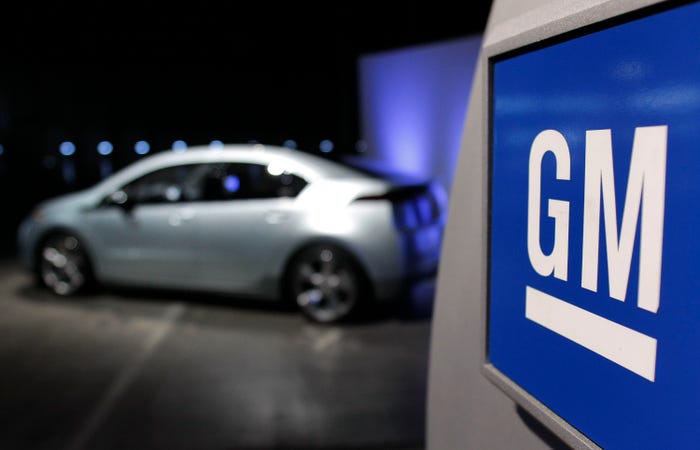IoT World Silicon Valley: Smart Cities Must Learn to Navigate Frequency BottlenecksIoT World Silicon Valley: Smart Cities Must Learn to Navigate Frequency Bottlenecks
Overcrowding on frequencies undermines delivery of smart city services
November 5, 2021

Smart cities must seek to overcome congestion of existing radio frequencies to be successful and lost data packets are eroding smart city implementations as more end users crowd onto the two most popular frequencies for connections: 2.4 Ghz and 5Ghz.
That’s according to Paul Russell, vice president for wireless products at engineering testing kit supplier Teledyne Leroy, who was speaking at IoT World Silicon Valley.
Russell used congested highways as an analogy, with data transfers slowed by traffic jams and derailments on the 2.4 Ghz and 5Ghz lanes.
“What happens when lots of traffic try to use the same lanes?” said Russell. “There’s congestion, collisions and slowdown of traffic. With the roll out of smart city initiatives, the competition for these lanes is only going to get more and more intense.”
The key differentiator for a successful smart city project was driving local government participation and mechanisms that drive citizen engagement, Russell said.
Getting that right can mean flourishing job opportunities and more sustainable transport infrastructures, through tools like connected transport fleets, smart irrigation networks and semi-autonomous freight routes.
Russell demonstrated a visualized dashboard from Teledyne Lecroy where potential clashes between co-existing radio frequencies, such as Bluetooth, Bluetooth LTE and Wifi, can be identified.
A color-coded scheme helps smart city control rooms flag potential data packet losses.
Understanding the RF landscape is crucial in order to prevent smart city services falling below expectations, Russell argued.
“Bluetooth audio [for example], has traditionally been used for hands free communication, and audio streaming via Bluetooth Classic.
“This is an area where users expect a near-perfect user experience and phone audio and audio streaming glitches are two of the biggest complaints reported from the J.D. Power automotive survey,” he said.
About the Author
You May Also Like
_(1).jpg?width=700&auto=webp&quality=80&disable=upscale)





